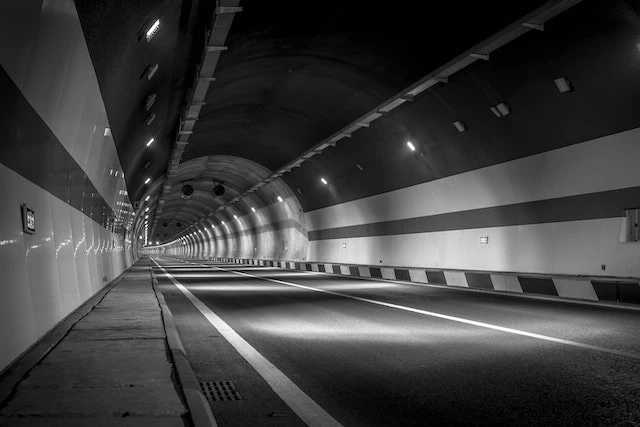Written By - Structural-india
Underground tunnels are an incredible feat of engineering, providing valuable transportation and drainage solutions. However, with so much water pressure surrounding them, waterproofing becomes a crucial consideration. Without proper protection from moisture infiltration, the tunnel's structural integrity can be compromised over time. So how do you ensure your underground tunnel remains safe and secure? In this blog post, we'll explore the different methods of waterproofing and help you understand which one might work best for your project. Whether it's for a subway system or a wastewater treatment plant - let's dive in tunnel waterproofing !
The Different Methods of Waterproofing an Underground Tunnel
Waterproofing an underground tunnel is crucial to prevent water infiltration, erosion and structural damage. There are several methods available that can be used to achieve this goal. One of the most commonly used methods is cementitious waterproofing, which involves applying a layer of cement-based coating on the interior surface of the tunnel walls.
Another method is membrane waterproofing, where a waterproof membrane made from materials such as PVC or bituminous compounds is applied over the concrete structure. This method provides a barrier against water penetration and also helps in reducing corrosion caused by chemicals present in water.
Injectable grouting is another popular technique for sealing leaks in tunnels. It involves injecting grout into cracks and voids using specialized equipment under high pressure, forming an impermeable seal.
In addition to these techniques, crystalline waterproofing can also be employed whereby crystals form within the concrete itself creating an impenetrable barrier against moisture.
Each method has its own advantages and disadvantages depending on various factors like budget, time constraints and site-specific conditions. Ultimately it's important to choose a suitable option that can provide long-lasting protection while being cost-effective at the same time.
The Pros and Cons of Each Method
There are several methods of waterproofing an underground tunnel, each with its own pros and cons. One method is cementitious coating, which involves applying a layer of cement-based material to the tunnel walls. This method is relatively inexpensive and easy to apply but may not be suitable for tunnels with large amounts of water infiltration.
Another method is crystalline waterproofing, where chemicals are applied to the concrete that react with it to create crystals that block water penetration. This method has high durability and can withstand heavy pressure but may require professional installation and can be more expensive than other methods.
A third option is membrane waterproofing, which involves installing a rubber or PVC membrane on the tunnel walls to prevent water from entering. This method offers excellent protection against moisture but can be labor-intensive during installation.
There's injection grouting, where a sealant or resin is injected into cracks in the concrete to fill gaps and prevent leaks. This technique requires specialized equipment but provides long-lasting protection against moisture intrusion.
Ultimately, choosing a waterproofing method depends on various factors such as budget constraints, environmental conditions surrounding the site location of the tunnel project among others. It's important for engineers involved in designing these constructions projects take their time when deciding what process will best suit their needs while protecting people who use them from unforeseen accidents such as flooding due to poor construction planning.
Conclusion
After exploring the various methods of waterproofing an underground tunnel and weighing their pros and cons, it is clear that there is no one-size-fits-all solution. Each method has its advantages and disadvantages depending on factors such as the location of the tunnel, budget constraints, and project requirements.
It is important to work with experienced professionals in the industry who can assess your specific needs and recommend a solution that meets them. Additionally, regular maintenance should be carried out to ensure that any potential issues are identified early on before they become major problems.
By taking these steps, you can protect your underground tunnel from water damage and ensure its longevity. Remember, prevention is always better than cure when it comes to waterproofing!
Google Map - https://goo.gl/maps/tYPUHNsdzmcTeRDe9


